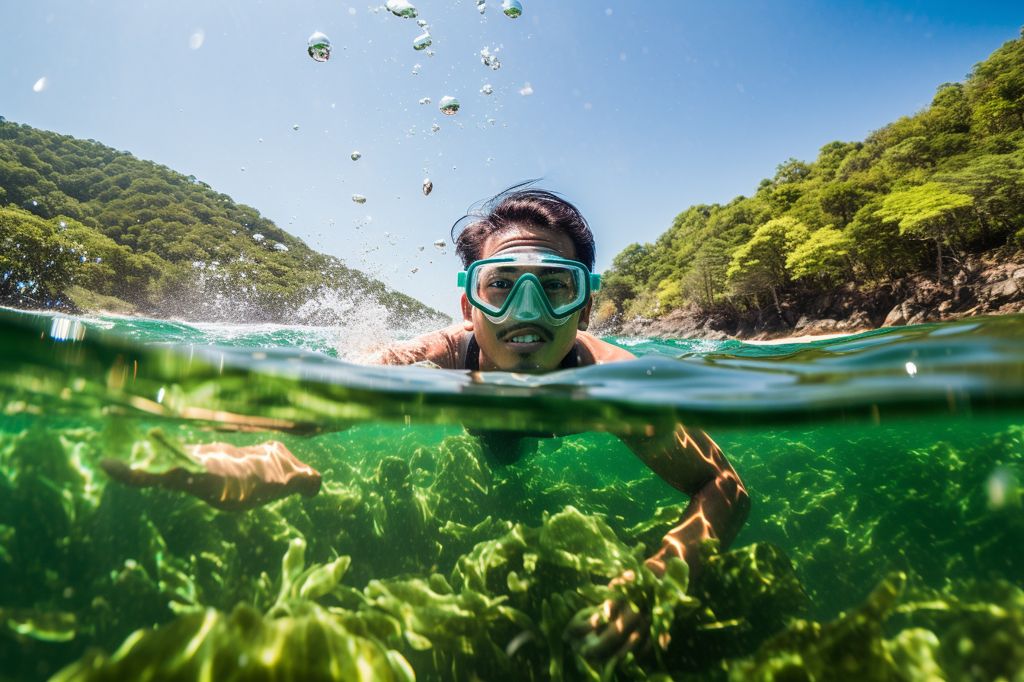Wastewater: A Major Contributor
Wastewater discharge on Koh Lan is identified as the primary cause of the plankton bloom that turned the sea smelly and green, according to the Department of Marine and Coastal Resources (DMCR). The situation was initially brought to attention when the Facebook page “We Love Pattaya” posted pictures of the unusually green seawater around Koh Lan, a popular island located 7 kilometers off the coast of Pattaya Beach.
DMCR Inspection and Findings
Following the reports, DMCR conducted an inspection at Ta Waen Beach on Koh Lan. DMCR deputy director Apichai Aekwanakul confirmed that the color change is due to the presence of Noctiluca scintillans, a non-toxic phytoplankton commonly found in an annual bloom along the eastern seaboard. The bloom tends to be more significant during the rainy season, as downpours wash nitrogen and phosphorus from wastewater into the aquatic system, causing excessive growth of plankton and resulting in the green color and unpleasant odor.
Reduced Visibility and Swimming Advisory
After the phenomenon was spotted on Saturday, authorities advised against swimming due to the reduced visibility in the water. DMCR and related agencies will investigate and conduct further research on possible health problems and the necessity of issuing warnings.
Environmental Impact and Unusual Trends
Thon Thamrongnawasawat, a lecturer from Kasetsart University’s Faculty of Fisheries, suggests that those interested in the environment should closely monitor the plankton bloom and other oceanic phenomena. These events could be symptomatic of changes to the marine environment caused by natural fluctuations and human activities.
Thon points out that it is abnormal to witness the plankton bloom during a period when the El Nino impact is about to intensify. Typically, a decline in rainfall would lower the chances of plankton bloom occurrence. However, the opposite has been observed this year along the Eastern Economic Corridor (EEC) in the upper part of the Gulf of Thailand. Thon attributes this abnormality to global “boiling,” as defined by the United Nations recently, and believes the plankton bloom might affect tourism, especially during high season.
Future Actions and Monitoring
To address the issue of wastewater discharge and its effects on the plankton bloom, DMCR and related agencies will continue to investigate and monitor the situation closely. Ensuring the safety and health of the public, as well as maintaining the marine environment’s balance, is of utmost importance for the future of Koh Lan and its tourism industry.




